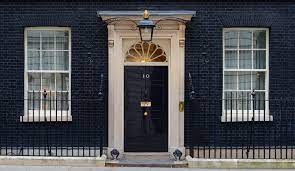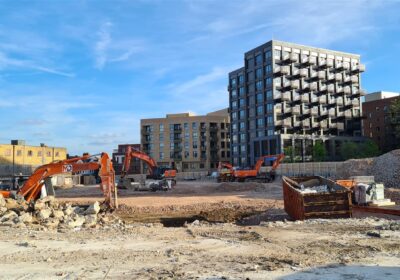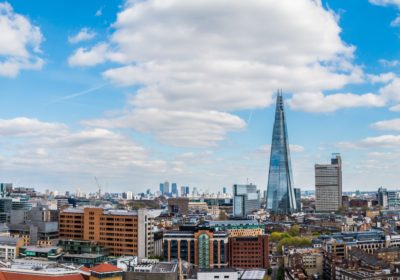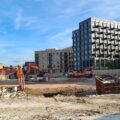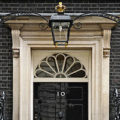Just before the second lockdown enveloped the city I had the pleasure of showing around some of the team at Homes England Pocket’s recently completed West Green Place. The site, just under an acre in size, was a piece of public land which I helped acquire for Pocket at the end of 2015.
The project now completed and sold has an interesting tale to tell and one which is worth sharing. On first glance, the site was what many would describe as a perfect brownfield residential development opportunity. The land, owned by Haringey was largely vacant and it was in an urban predominantly residential area bounded by a park. Surely these are exactly the kind of small easy wins which can contribute towards solving the housing crisis.
Unfortunately, it’s never that simple. My experience of urban brownfield sites is that in the main they are tricky and can easily become mired in complexity. West Green Place was no exception. It required delicate handling, extensive collaboration and a lot of expertise from a range of talented professionals.
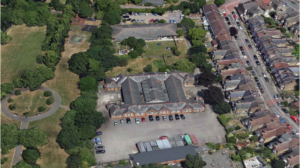
The site and its challenges
The first problem was access. The site wasn’t land locked but it was served by a single-track lane at the north eastern edge. This potentially hindered the amount of residential that the site might be capable of achieving.
A number of buildings were in occupation. The main building was under license to the council’s social services team and the property immediately to the north was occupied and leased to a nursery without a break clause. On the southern fringe lay a number of containers occupied by a community group with no formal agreement with the council and claiming rights through adverse possession.
How to unlock
It sounds obvious but never start a planning or political process before you have resolved any showstoppers and there were plenty here. Meeting and listening to the community group, it became very clear that they were not there to stop a new development. They simply wanted a new home and security of tenure. It was possible for us to accommodate this.
The nursery proved receptive to a new building with upgraded facilities and working in partnership with them we were able to create a phasing plan which would mean they could continue to operate out of their premises for the first half of the construction period. We would then be able to move them into a new building over the summer so ensuring continuous use.
Access was more tricky but we found a solution. Working with the Council we were able to slightly widen the access to allow for a pavement but this required us losing a small section of the adjoining park. However, we were able to give back a significant portion of land on the other boundary of the site. The result was a substantial net gain in green space, and more to the point, usable space as the land take from the access point was inaccessible.
Community consultation
There were a number of other community groups in the immediate vicinity of the site. We engaged with the Friends of Downhill Park. They had their concerns, particularly height on the boundary of the green space but they were saw the improvements the development could also bring.
To develop a new nursery, we ran a competition with up and coming architect practices. We invited leading members of the community to participate in the selection of the final design and settled on Dyvik Kahlen Architects who designed a stunning modular, cross laminated timber building.

Architecture and Place
The wider scheme was designed by the team at HTA , the architecture sought to establish a unique and contemporary identity and draws inspiration from the nearby schools and houses of Keston Road.
The public realm designed by BD Landscapes created a new square at the top of the site and access to Downhills park to the south. This is complemented by an orchard and community garden offering residents a space to foster community.
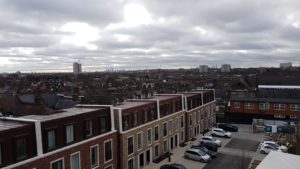
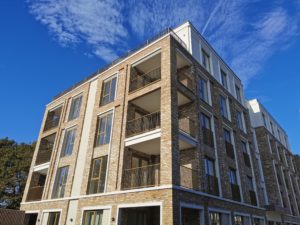
Results
West Green Place delivered 98 Pocket homes (over 3/4 of the development) sold to people who live or work in the borough at a discount of 20% from the market value and are 100% owned. In a borough where the average house price is 14 times the local average income, there was huge need for this type of affordable housing. Furthermore, nearly half of the residents at West Green Place work in the public sector including the NHS and Fire service.
Small and medium sized brownfield sites are not easy to deliver. However, with good consultation and a partnership mindset between the public and private sector, great things can be achieved.




